Santo Stefano di Sessanio
This article was written as an entry to the
Guardian Travel Writing competition
“What, the Uffizi?”
I double-checked the flier, my reputation for half-reading things haunting me. “Yes, that’s what it says’’ I replied tentatively.
We had arrived in Santo Stefano. Muggy, overcast Rome had given way to the fresh clear skies of the high Apennines and we were standing in the narrow, cobbled lanes of a medieval hill town surrounded by intricate scaffolding and high-tension cables. The stray Abruzzo sheepdog pawed me again, I felt obliged to scratch her ears once more.
“It’s to raise money for the restoration,” I ventured.
It did seem improbable. In the first couple of hours we had seen only a barkeeper who’d directed us to reception, the receptionist who'd guided us to our room, and the dog who’d followed us throughout. The idea that one of the world’s great galleries was displaying works from its collection around the village was difficult to believe.
And yet, I suppose that’s why we were there. We’d been drawn by the concept of an ‘Albergo Diffuso’, a hotel not in one building but a series of rooms scattered through the ancient houses. So an exhibition based on the same principle seemed appropriate.
We started our hunt for the Uffizzi hoard at the schoolhouse, winding up through the village level by level, corner after corner.
We'd reached our room the same circuitous way, via external stone steps, then a long, steep staircase that led to an open gallery and the creaking oak door. The room was welcoming though, lit by candles and warmed by a log fire in the hearth as if we had only just left. Faded painted patterns on the beams of the ceiling flickered in the half-light as we hunched under hand-woven blankets sipping the local rose hip liqueur.
But the earthquake had taken its toll. Through the window, a mesh of scaffolding poles framed the view.
Now as we climbed the alleyways and squeezed between houses, we found ourselves ducking under stone lintels split in half by the force of the quake that had devastated nearby l’Aquila. As the early morning sun rose behind us, we uncovered room after room of borrowed treasures: ancient Roman reliefs and Flemish landscapes, Florentine cityscapes and grand portraits.
Finally, we reached the top of the village and Santo Stefano's ruined Medici tower, scaffolding mimicking its former grandeur. But the real treasure lay beyond, undamaged: the magnificent landscape of the Gran Sasso.
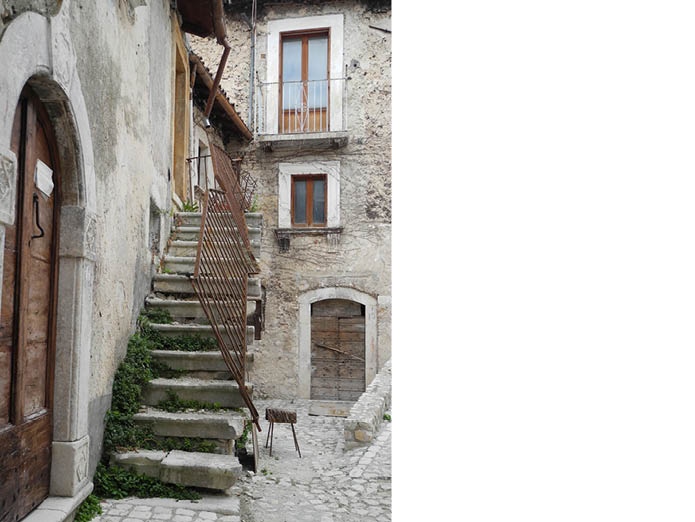
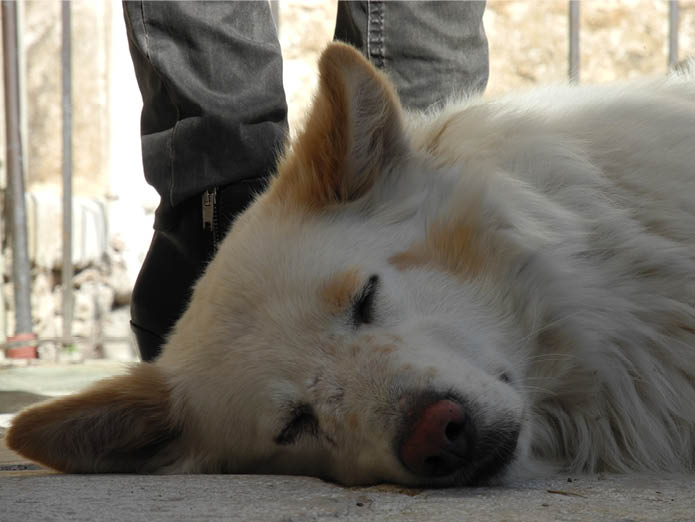
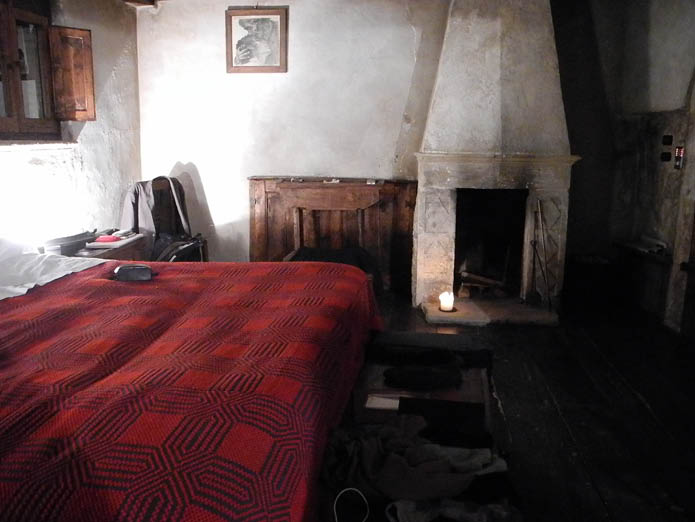
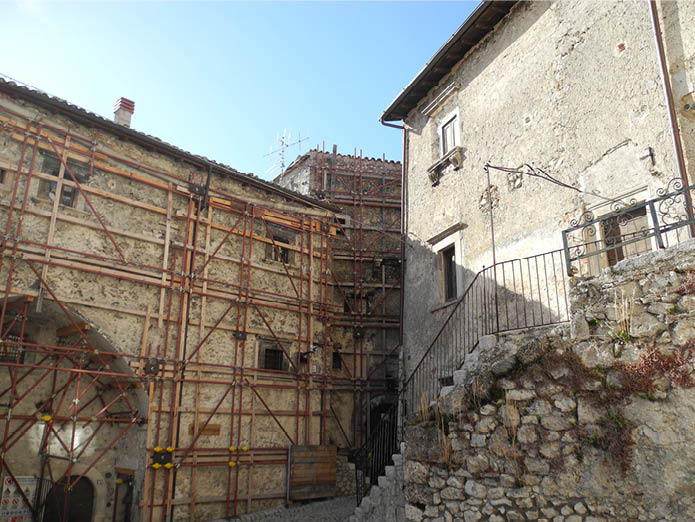
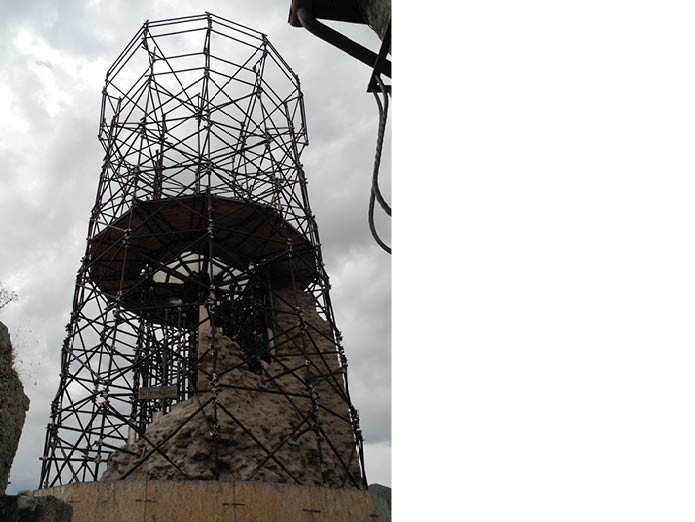
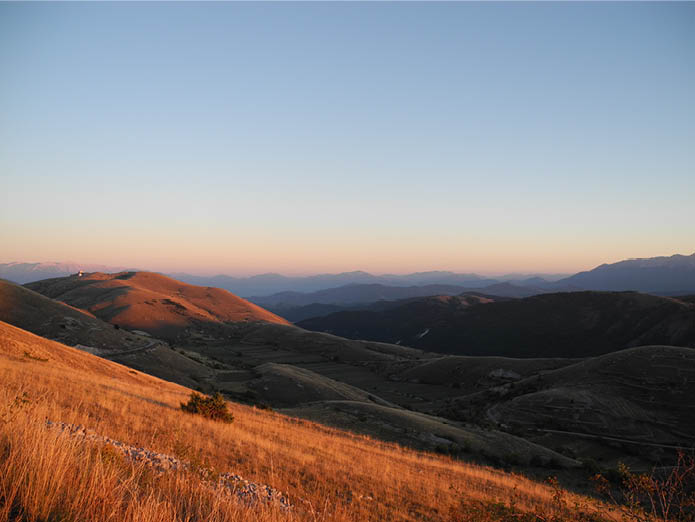
1 - 6
<
>